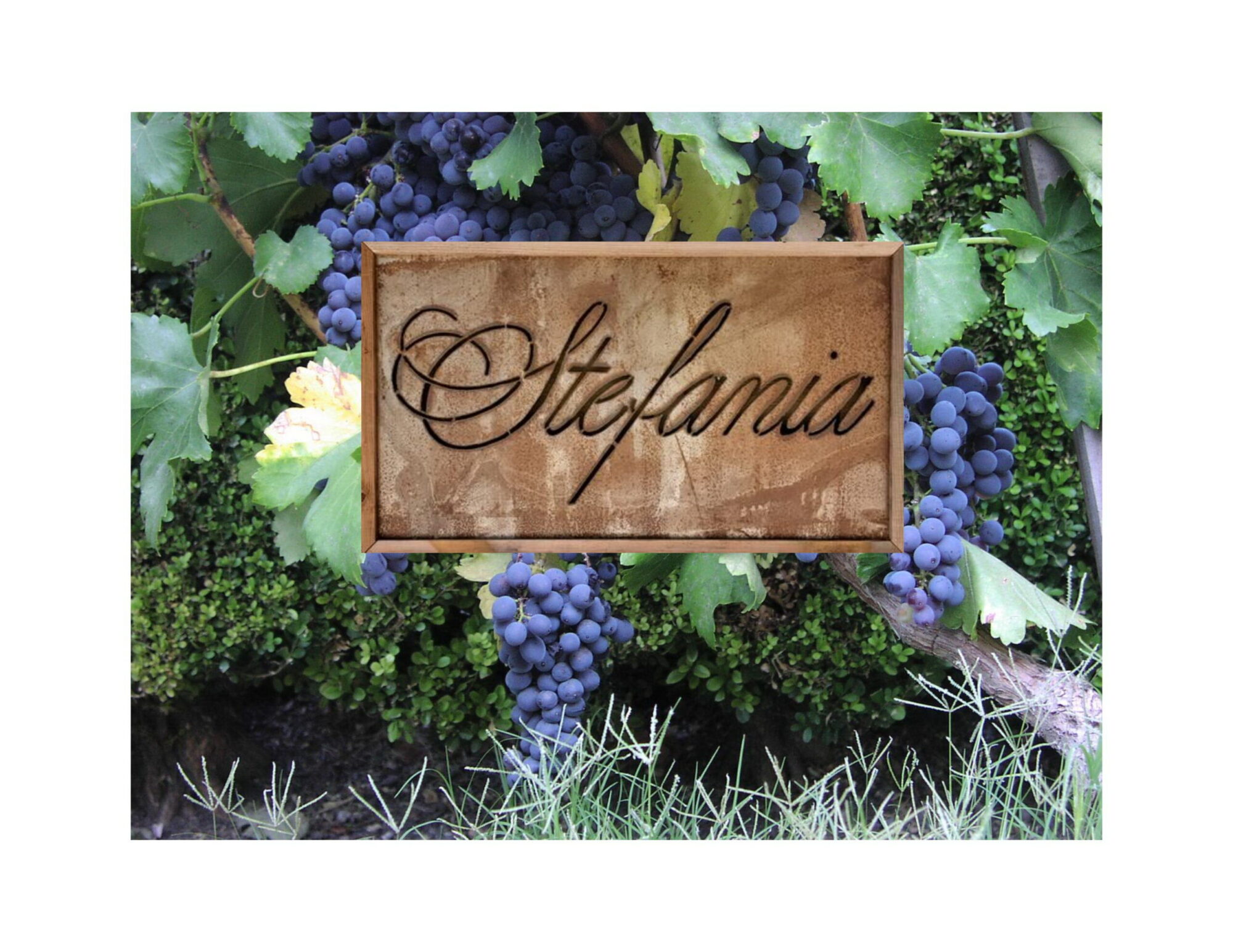I can’t recall that we’ve ever used those terms in any blogs or emails or offer letters we’ve sent out. Maybe we have, and I’m forgetting, but I really don’t remember ever using those terms.
For some wineries it’s a big part of their marketing. They even include that on their labels. We don’t. I think that’s because it’s a routine for us not to fine and not to filter, so it is no big deal.
It’s not a philosophy in itself, it’s just part of the way we make wine. It also doesn’t mean we are opposed to either process, in fact we have done both. There are many times I’ve had a bottle from other producers when I wished they had filtered in particular. Just a couple months ago we opened a bottle of Pinot Noir from the Anderson Valley that had started to re-ferment in the bottle. I wished that producer had filtered the wine to remove any yeast and prevent that. It ruined the bottle.
We’ve actually filtered four times, and fined once. Our 2008 Chardonnay was fined to remove some excess proteins that could have caused a cloudy appearance at warm temperatures. This is called ‘heat stability’. I used Bentonite, which is a clay to remove the protein. We then filtered the wine to remove the Bentonite completely. In 2009 we filtered the Chardonnay. There was some residual sugar in the wine and I wanted to remove any yeast to prevent the wine from going fizzy in bottle.
In 2007 we had one barrel of Uvas Creek Cab that was showing V.A. over .010 and we filtered that barrel to remove any bacteria. We also filtered the topping wine (about 20 gallons) for 0ur 2007 Syrah for the same reason.
That’s pretty much our philosophy on fining and filtering. If the wine needs it to prevent or correct an issue, we’ll do it. Otherwise we will leave the wine alone.
I actually thought to mention this because Stefania and I opened a 2007 Santa Cruz Mountains Cabernet Sauvignon on Saturday. The wine had a large amount of sediment in the bottle. That’s a result of not filtering. All of our wines should be decanted to remove them from any sediment, especially as they age.
I’m not a believer in fancy decanting. A cheap container should do. Just open the bottle, place some light source behind the bottle and decanter so you can see the wine flow out of the bottle and pour. When you start to see sediment in the bottle neck, stop pouring. That’s it, no chunks!
